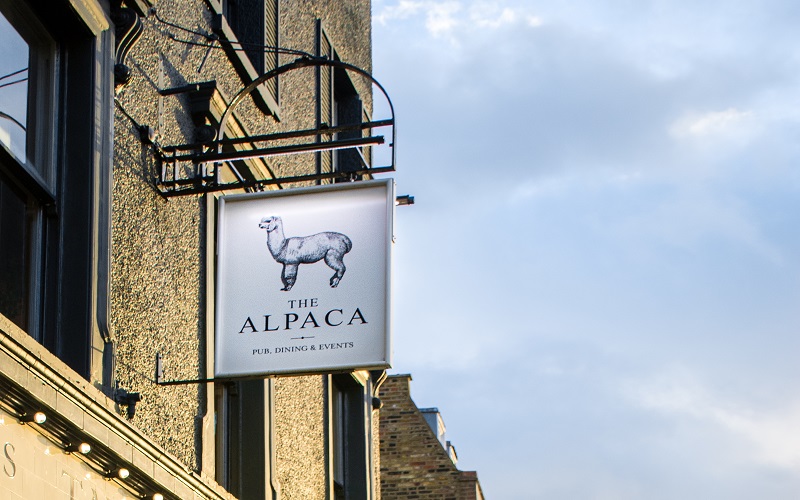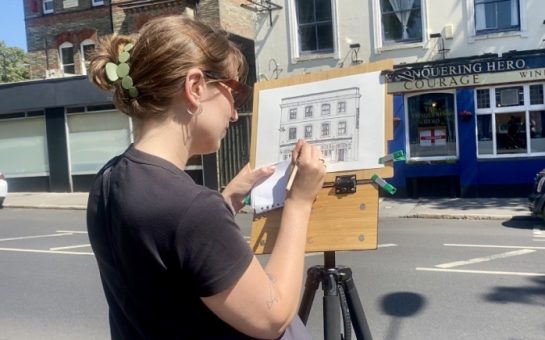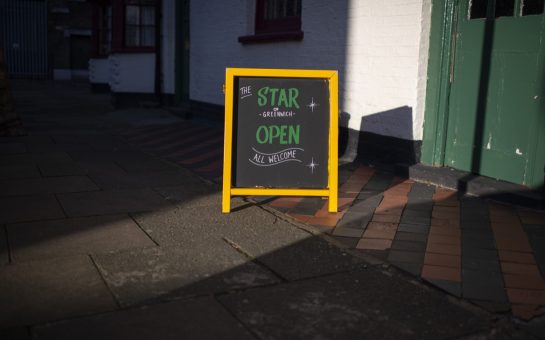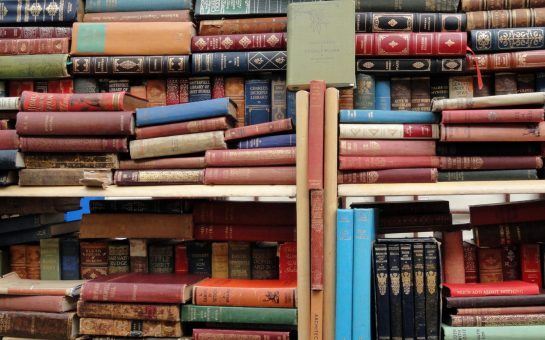We can learn a lot from a pub name. At least, that’s the hypothesis of Sam Cullen and James Potts, co-authors of the book ‘What’s in a London Pub Name’.
The book is a comprehensive look across the London pub landscape that lists and explains the names of over 650 of London’s boozers.
Forget The Swan or The Kings Head. There are far more intriguing pub names out there.
The Londoners met Sam Cullen in a pub – where else – to discuss the process of writing the book, and the discoveries the pair made.
Cullen, 35, and Potts, 29, are not born Londoners but both now live here, and their search across it has broadened their knowledge of both the history and geography of London.
The pair met at a Christmas party and became friends, but it wasn’t until lockdown hit that inspiration struck.
The book is Cullen and Pott’s first, and research started by compiling a spreadsheet of areas and likely pub names to ensure no area of London went uncovered.
Cullen explained: “We wanted to include all the boroughs of London.”
The pair split up to divide and conquer to cover the maximum number of pubs, encompassing all 32 boroughs as well as the City of London.
‘What’s in a London Pub Name’ explains that pubs are an integral part of the geography of London, and their names can give us social and cultural clues.
In the manner of all good pub stories, they encountered conflicting stories and various rumours about some names.
One case of disputed mythologies surrounds ‘The California’ in Sutton.
Belmont Station, in Sutton, was briefly named California Station – after the pub.
“You used to be able to get the train from Clapham to California”, jokes Cullen.
The pub’s mythology is that it was set up by an English man who went to California then returned to London to set up a pub.
Conflicting accounts mean it is disputed whether the man was a criminal escaping the law or simply making his fortune in the gold rush.
In other instances pub owners were unaware of the etymology of their name, requiring the authors to do detective work in local archives and museums.
Some of the pubs tell a story of a geography of London that has now been lost, clues of hidden rivers or former cures embedded in their titles.
Hampstead and Highgate both host pubs named ‘The Flask’, a nod to the areas former fame selling flasks of mineral water as a rest cure in the 18th century.
There’s a walk between the two.
Others are inspired by more recent history. ‘The Pregnant Man’, on Chancery Lane, is named after a Health Education Council contraceptive advert from 1969, and dates back to when the pub was for workers of the Saatchi & Saatchi advertising company only.
The ad featured an image of a pregnant man, and asked the question “Would you be more careful if it was you that got pregnant?”, causing controversy.
As we discuss the many stories, it becomes clear how different the reasons for some of the names are.
Not all the pub names derive from geography or tube stations, and one of the aspects that Cullen enjoyed about the names was “the mixture between the historic and the personal”.
He gives the example of ‘The Alpaca’ in Essex Road, which is named after the first holiday the owners took together, alpaca trekking.
Similarly Dalston pub ‘The Yucatan’ is named because the owners brother owns a bar in the Yucatan and Cullen said he hopes that means the brother’s Yucatan based bar is called ‘The Dalston’.
Cullen acknowledged it is a snapshot of the pubs open at the time of research, as he and Potts began visiting their spreadsheet of pubs in 2021 while the impact of the pandemic was having a big impact on the hospitality industry.
He added that a few of the pubs they have visited have since shut while others have opened, and that the pair plan to update the book to include unusual new names that have popped up.
And as for future projects? Cullen and Potts are far from finished from digging into London’s pub history, considering investigating London’s past pubs – most famous being ‘Jack Straw’s Castle’.
‘What’s in a London Pub Name’ is published by Capital History Publishing.
Featured image credit: Sarah Tan





Join the discussion